Indien 6 — Travel Haste and Joy
This (for now) last India blog will also be an English-and-mostly-pictures one. Even though I feel in many ways I sped through the country and spent most of my time in different means of transportation, I’m happy I divided my time between „India“ and Auroville as I did, mostly staying and working in the latter. I also feel that it was good to take the traveling „slow“ (that is, slow means of transportation) even though I traveled fast in terms of moving on frequently. Sharing the time in transit with the Indians is I think an experience that tells a lot about the country and the culture. And I get the impression that Indians themselves do that a lot — they spend a lot of time in cheap public transport.
The very first experience of transport, though, was not an easy one. The trains were fully booked weeks in advance, so I got a sleeper bus with real beds, much more expensive than the train but still very cheap by European standards. The rocking on the street turned out to be pretty intense, even though nothing compared to what the East African streets have to offer. But what was worse, when I was just falling asleep I started to feel an itching in all my uncovered body parts, turned on the flashlight and saw — this:
In the very tight space with few places to hide it was an uneven fight, though, and it ended in what I have to call (with some feelings of guilt, I hope the many poojas compensate for that bad karma!) a mosquito holocaust, and further undisturbed sleep.
Ooty, a nice little mountain city comparable to Kodai and with similar tourist attractions (on top of the agreeably cool weather mostly the lake, and chocolate!). And it has a big horseracing course in the center, which looks nice from far above.
There was some religious festival going on, and I must say I like the Hindu ceremonies much better in the relatively open space of the streets than in the claustrophobic temples. People bring sacrifices and dance, and there is music, both live and from the mobile temple.
Also very nice and almost surprising, even in a tourist place you don’t have to venture far into back streets to find people and especially kids excited by a white person.
And, of course, cricket.
The main tourist attraction could hardly be more spooky, and could easily feature in an eery soft-horror movie. Jolly world alright. And half-sunk pedal boats.
There are of course also many functional ones in a crowded boathouse. My impression is that Indians do even worse things to their own tourists than to foreign ones (I saw none in this place), but they seem to enjoy it.
Another attraction, the highest mountain in all of so-and-so, also features some boats (!). And, of course, cricket.
The kitsch is again almost unbearable, but the views are beautiful, and the little hike up and down offers some very soothing perspectives.
The city itself also had some things to discover, like a great source of fresh potato chips, and proof of the importance of communist parties in this (south-western) region.
This is even more true for Kerala, the state at the south-western coast. The travel guide mentions the highest rate of female literacy, and the rickshaw drivers use the meters even with foreigners. I also love Indian tourist informations, usually the last entry in the guest book dates a few days back, but the people there are very friendly and committed. In a way, it doesn’t help much though, because the tourist attractions are built for Indian taste and very much resemble the ones I described from Ooty. So usually just wandering around the city is more exciting to me, and observing things like this mostly futile attempt at traffic regulation.
The attraction that was advertised as a mangrove forest promotion center or something like that, raising awareness for the importance of these ecosystems, turned out to be a small artificial area to walk around and sit on benches, with more boats on a little lake. So apart from the entrance, the most remarkable view was an answer to my long-standing question: where do all the coconut shells and husks go?
So, as often, the real beauty is to be found somewhere in transition
Also, the train from Kerala to Goa is one of my most important travel memories. As I mentioned in my post about Maximum City, it was almost impossible to get a reserved seat train ticket short-term without sending (that is, without having) „my man“. The queue at unreserved was refreshingly short, and so I spent the night in the compartment with everybody who can only afford the equivalent of approximately 2 Euros for a train ride of some 12 hours. A society all of it’s own, with paradoxically at the same time great sense of community and competition for the limited space. I was surprised to find that the train travels through most of India in the North-South-direction, and the seats are passed on by some system of liking and deserving. Over time, I moved up from sitting on the floor to sharing a seat to sleeping on a luggage rack. I wish I had dared to take out my camera and take pictures, but I felt anxious about displaying wealth in that environment. Even though I feel people were very happy to have a foreign „guest“ in their world, and were very caring. So I was pretty ashamed when the only guy who had never smiled and was a little suspicious to me was the one who woke me up when we had reached Goa — I hadn’t set my alarm in the illusion the train would terminate there…
Goa itself mostly impresses with almost-western prices and many single women on the beach. And — cricket.
The privilege of staying with real Bombayites provided for my happiest time during the travel, and glimpses of all the diversity of life going on there. Even though, in some ways, my hosts are probably not the average people staying here — the lovely Nash rode the only bicycle I ever saw in Bombay. But then, I think metropolises somehow manage to be full of people who are not like all the others. The connection and also one of the highlights was, again, Ultimate Frisbee. On the beach…
More lovely sceneries for cricket, and Bombay in the process of modernization.
And a political gathering for a bill against corruption, successfully supported by a famous activists fast unto death, with „interesting“ life music. For the politics behind the fast, I recommend a comment I already tweeted about at the time.
Some of the back street perspectives included a graffiti project, that the residents apparently are very excited about and line up to volunteer their walls, painting them white before the action.
Also very impressive: Bombay by night. The beach, as also described in Maximum City, is one of the few places to get something like privacy, not because there are no people, but because they don’t look, being busy doing the same thing as you are.
I cannot write about Bombay without mentioning sugar cane juice, sooo refreshing when fresh, and equally nasty when not. Oh, I will miss it!
The same goes for the fresh fruit on the street. But not for the security providers, doing a good job at making me feel not secure.
Of course, the report would not be complete without a picture of how crowded it can get, here at a famous street market. There is also an indoors market somewhere that I was unable to find in all the craziness going on outside.
A neon palm tree that actually has some beauty given the dull gray background. And more neon from a mosque built into the water, and the seaside advertisements.
Oh, India, oh Bombay. I had good times. Special thanks to my Bombay hosts, you are amazing! I will be back.
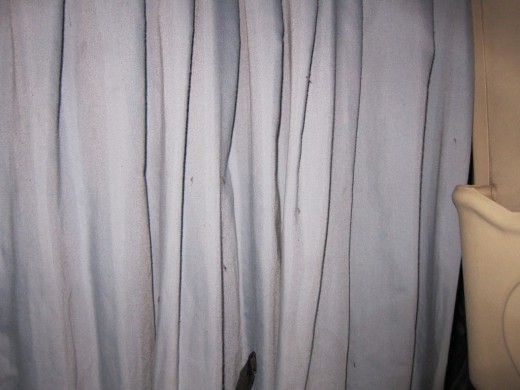
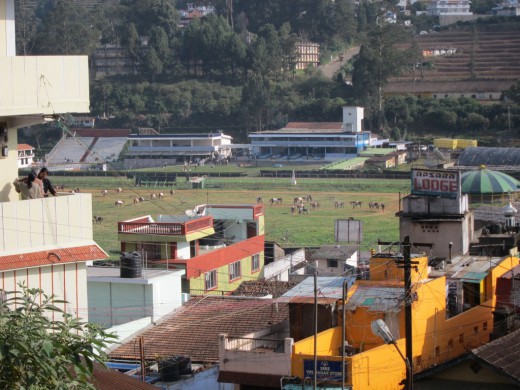
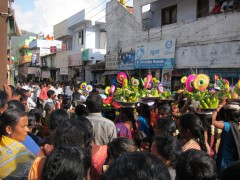
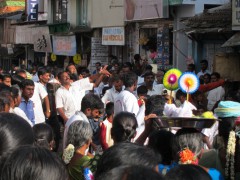
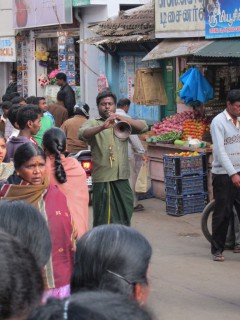
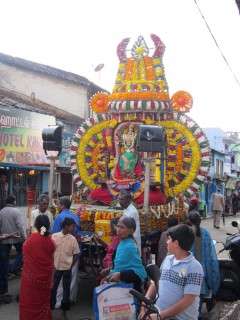
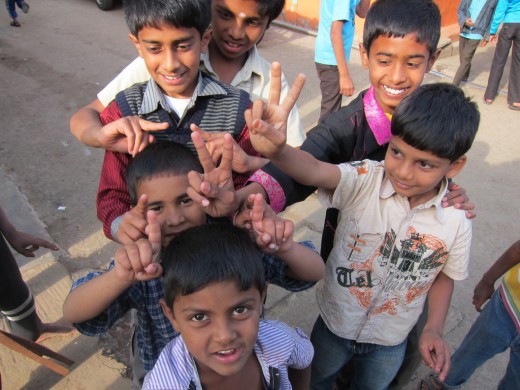
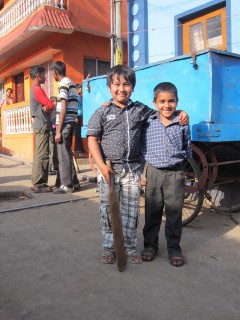

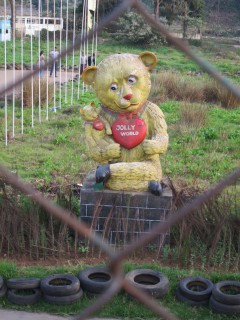
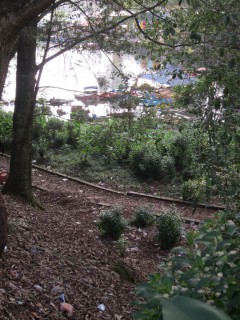
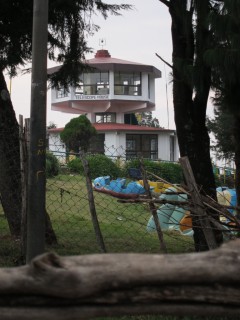

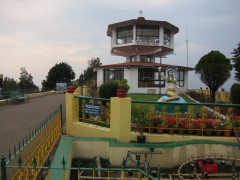
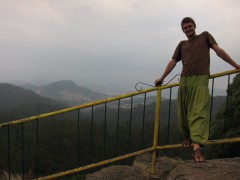
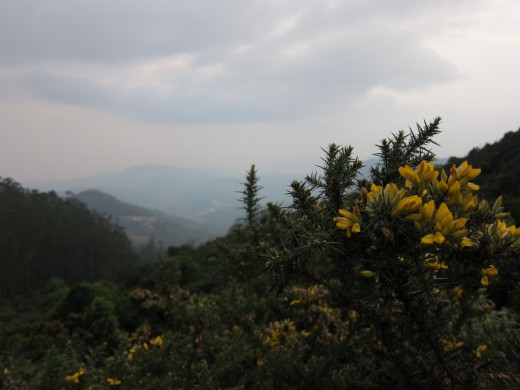
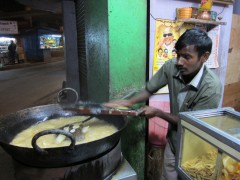
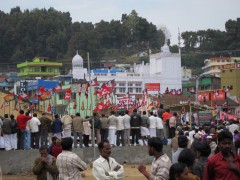
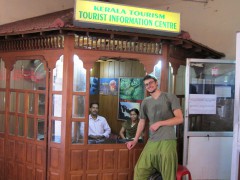
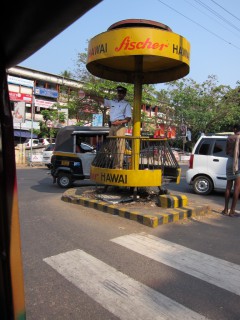
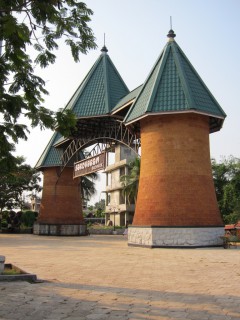
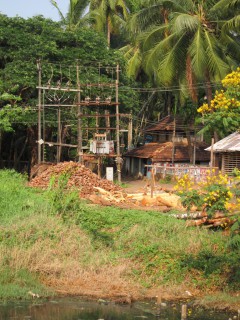
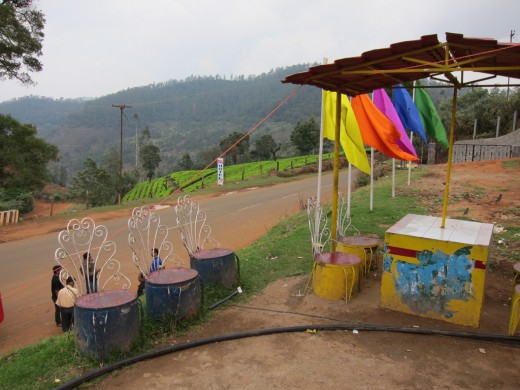
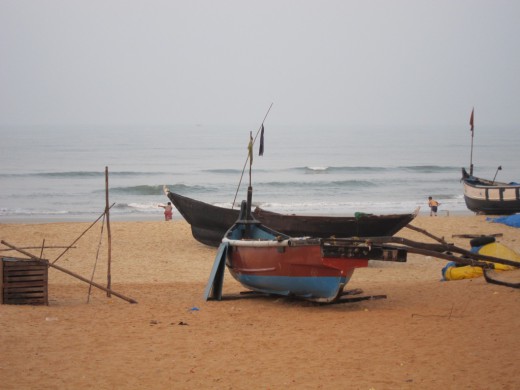
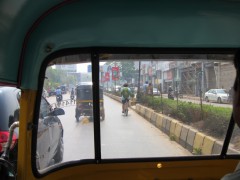
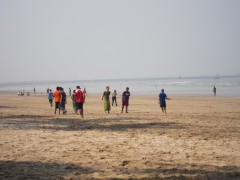
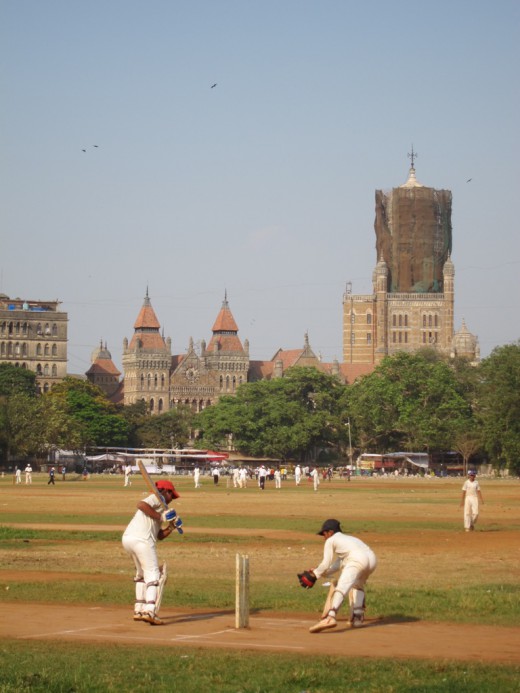

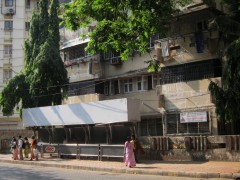



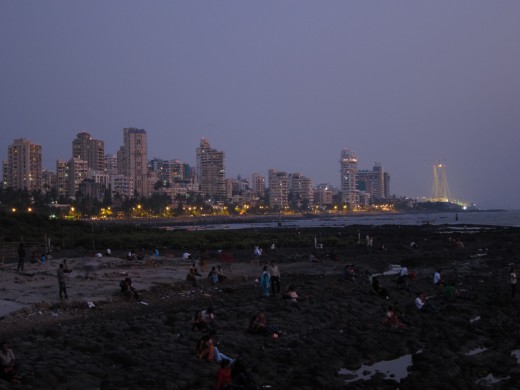

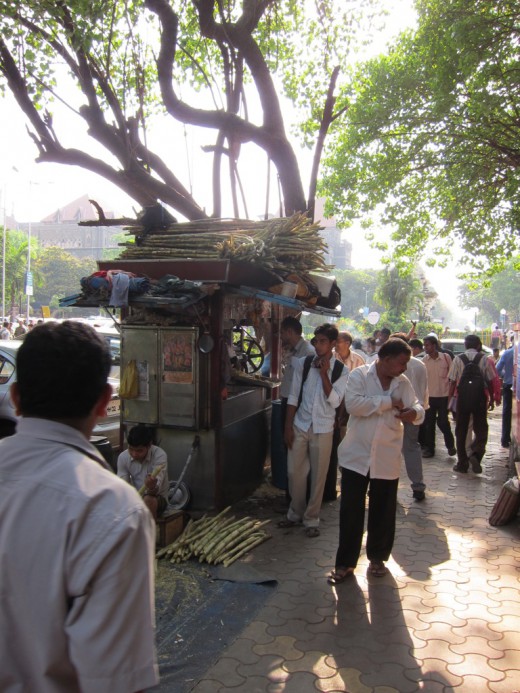
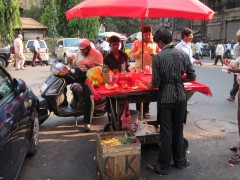
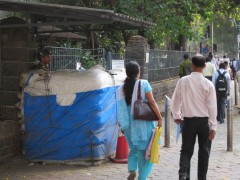
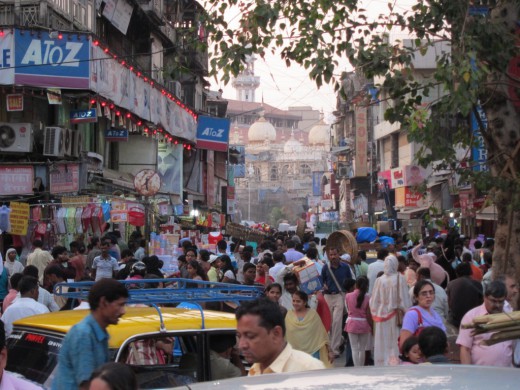
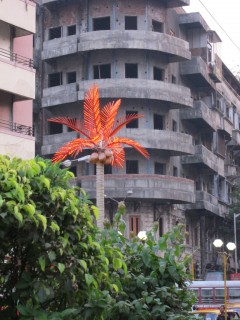
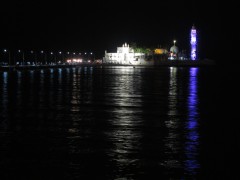
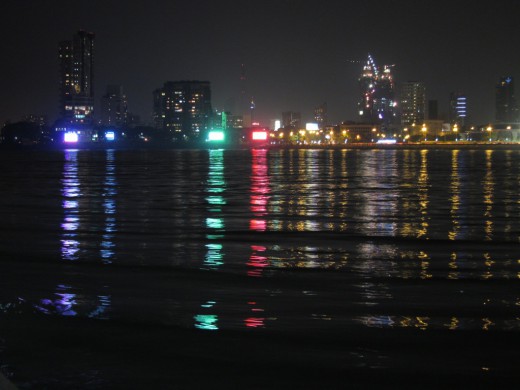
Mittwoch, 4. Mai 2011 15:12
mosquito holocaust…
Montag, 9. Mai 2011 18:09
???
Montag, 9. Mai 2011 18:11
sorry, spam imported from my blog! yes, poor mosquitoes!!!
yes, poor mosquitoes!!!